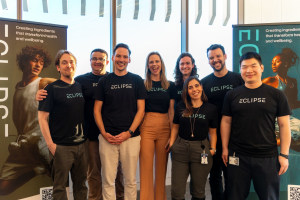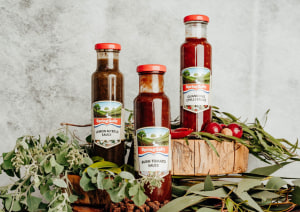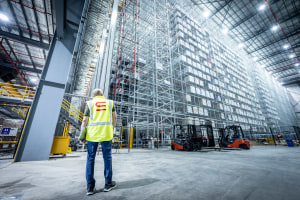Unimax has become the first label and packaging printer in New Zealand to install the new Screen L350UV SAI Inkjet Press, as it upgrades from its original L350UV.
Based in Avondale, Auckland, Unimax invested in the Screen L350UV SAI through the partnership of Jet Technologies and Fujifilm NZ.
Unimax produces a wide range of labels, promotional materials and point of sales options across a variety of vertical markets including food & beverage, health, transport and agriculture.
Dinesh Kumar, director of Unimax, said, “We have always been huge fans of inkjet – we were the first to bring the L350UV into New Zealand, and now we can proudly say that we are the first to be up and running on the new SAI model.
“The original press was reliable over its five years with us, and upgrading was an easy decision, especially with the service we receive from both Jet Technologies and Fujifilm NZ.”
According to Screen, the new L350UV is the most flexible and automated label production system in its class. The machine offers seven colours at 60 meters a minute, (50 meters a minute when using white) and is fully supported by Jet Technologies and FujiFilm NZ. The L350 delivers colour reproduction as well as scalability, enabling it to meet an even wider variety of market needs.
Jack Malki, director, Jet Technologies, said, “Back in 2017, there was disbelief as jobs that required setup times of 4-5 hours on their letterpress machines, would setup and print in a matter of minutes on the L350. That enabled Unimax to substantially expand its client base, and grow the business in higher-value markets, where precision artwork and multiple SKUs were no issue at all for the new digital press.”
“Then along came the new L350UV SAI and the print results have been taken to the next level, with the addition of additional colours (orange and blue) to substantially increase the colour gamut. Productivity has also increased by 20 per cent on all jobs and by an astounding 67 per cent for jobs containing Screen’s high opacity white. The range of substrates that Unimax can print onto has also increased substantially with this model, enabling Unimax to print on thinner synthetic stocks, as well as a thicker range of paper and hybrid products.”
The L350UV SAI supports printers seeking to significantly increase turn-around speeds for digital printing jobs by automating the process. With its software generated ‘lead in, lead out’ and ‘reverse-feed’ function, the system also works to considerably lower ink and material waste, reducing overhead costs and improving sustainability standards within operations.






